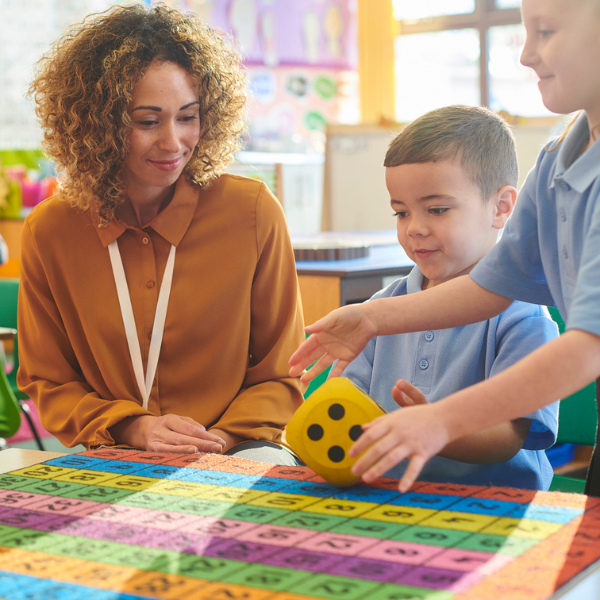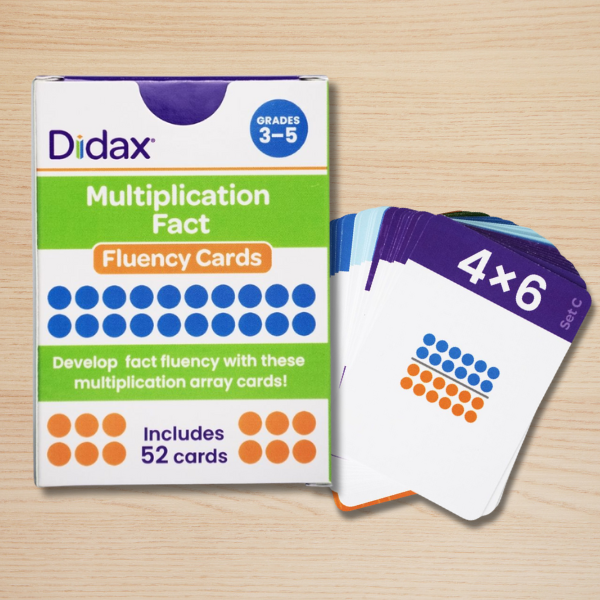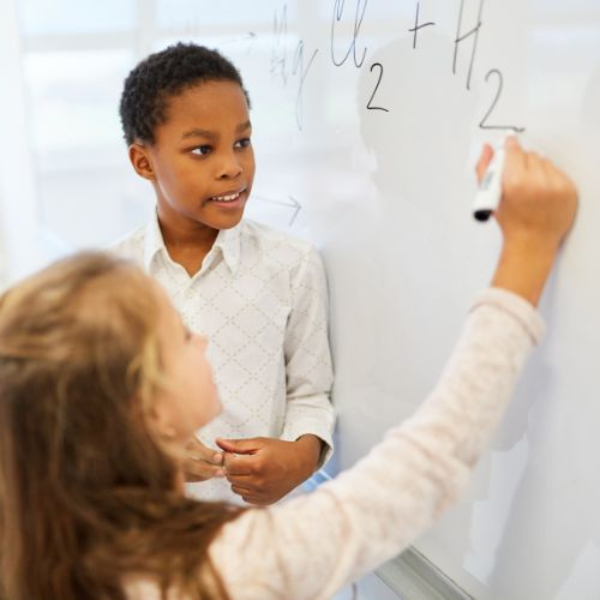March Mathness!
- By Matt Christiansen
- Mar 18, 2019
 Every spring, millions of people turn their attention to what is, mathematically speaking, a tree diagram. Some think about it only when their favorite team is playing, while others are completely immersed in the annual College Basketball tradition known as “March Madness.” This frenzied tournament provides multiple opportunities to engage students in math, although we sometimes focus so narrowly on probability and statistics that students miss out on other opportunities to learn.
Every spring, millions of people turn their attention to what is, mathematically speaking, a tree diagram. Some think about it only when their favorite team is playing, while others are completely immersed in the annual College Basketball tradition known as “March Madness.” This frenzied tournament provides multiple opportunities to engage students in math, although we sometimes focus so narrowly on probability and statistics that students miss out on other opportunities to learn.
In the spirit of the season, we’d like to share some ideas for teachers of all levels to bring March Mathness to the classroom. You can use the link below to access the activity sheets to use in your classroom. A printable tournament bracket is available here.
How Many Games?
Activity Recommended for Grades 1-3
One way to get younger students who have not learned about probability involved in the mathematics of the tournament is to have them find out how many tournament games will be played in each round, and the total number of games in the tournament. This activity incorporates both counting and two-digit addition and gives teachers an opportunity to reinforce place value concepts. You can differentiate the activity by reducing the number of rounds (i.e., start with 32 or 16 teams) or increase the challenge by having students find the number of games played each day of the tournament.
Challenge students to find the total number of games in a different way. For example, they may count the number of games in each region and multiply by 4 before adding in the last 3 games.
Tournament Fractions
Activity Recommended for Grades 3-6
Students who are learning about fractions will find opportunities to practice using the tournament brackets. For example, students can figure out what fraction of the 64 teams will win in the first round, second round, etc. This calculation becomes more difficult as they progress through the rounds, but a pattern will emerge for students who are paying attention to the fractions.
Students may benefit from solving a simpler problem first. In this case, have them focus on a single region to find the pattern, and then see if their pattern applies to the larger bracket (hint: it does). This gets students thinking about fractions in a different way without explicitly using more advanced concepts like multiplication that they may not have learned.
A Winning Probability
Activity Recommended for Grades 6-9
Of course, the bracket is a great opportunity to explore probability. The most obvious calculation is to find the theoretical probability that one of the original 64 teams is the winner of the tournament. This could be used to support a discussion about theoretical and experimental probability and why the chances of each team winning are not the same.
A nice extension to this basic calculation is to see if students can find another way to arrive at the same result. For a team chosen at random, find the probability that they win each round of the tournament. Students will see that, by multiplying these probabilities together, they arrive at the same result.
Conclusion
There are many other ways to use the tournament bracket in your math lessons. If you’ve got a great idea, we’d love to hear from you. We hope you enjoy the activities!








 © 2023 Didax, Inc. All Rights Reserved.
© 2023 Didax, Inc. All Rights Reserved.